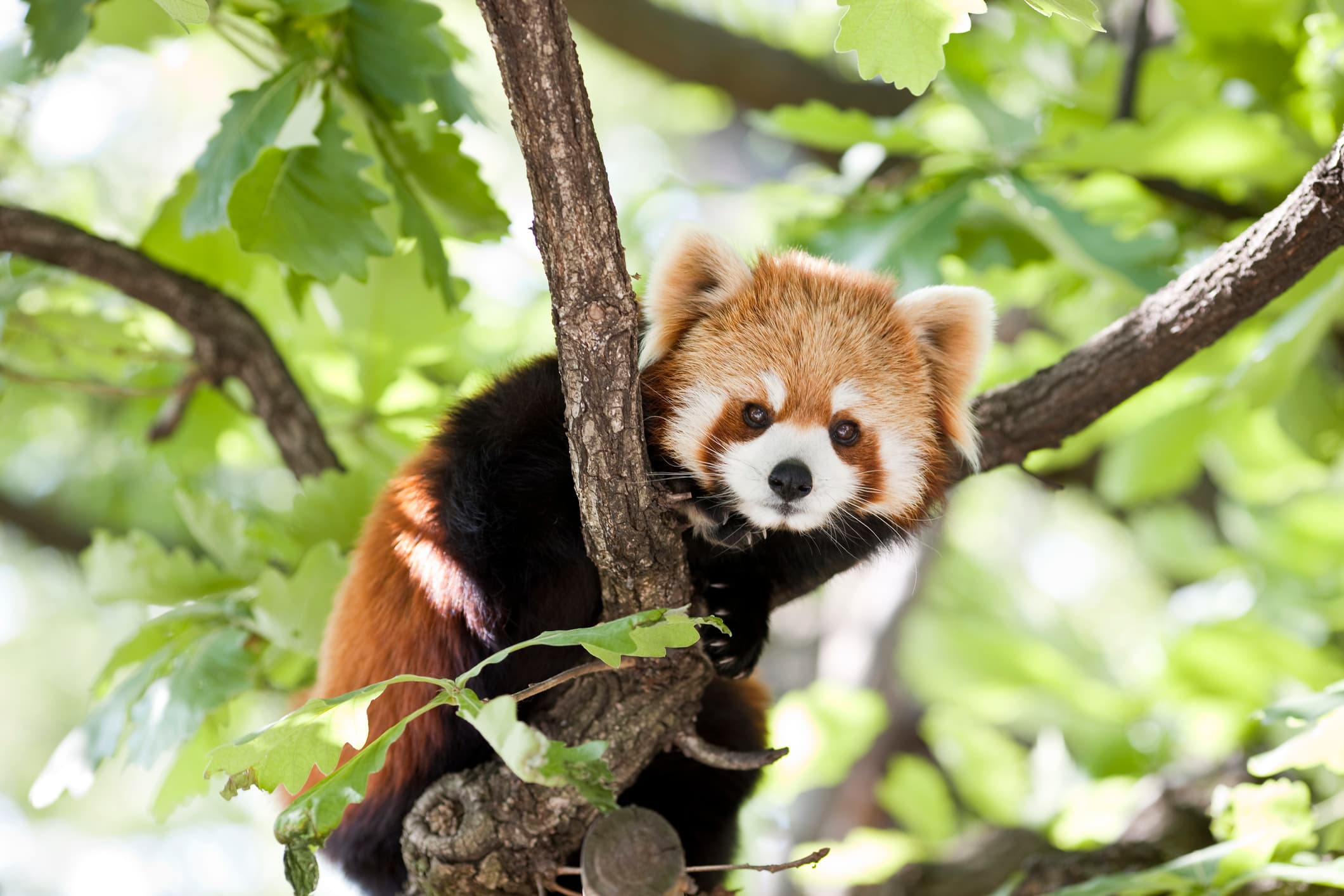Client
ZSL
Tech stack
Google Cloud
Solution
Computer vision
Service
AI + Machine Learning
To help conservationists identify unique wildlife species faster, Datatonic developed a platform for Zoological Society of London (ZSL) using Cloud AutoML. The platform leverages Deep Learning models and provides a solution for conservationists to create Image Recognition models from their existing camera trap data, and share it with other conservation-focused organisations.

Client
ZSL
Tech stack
Google Cloud
Solution
Computer vision
Service
AI + Machine Learning
To help conservationists identify unique wildlife species faster, Datatonic developed a platform for Zoological Society of London (ZSL) using Cloud AutoML. The platform leverages Deep Learning models and provides a solution for conservationists to create Image Recognition models from their existing camera trap data, and share it with other conservation-focused organisations.
To track life in the wild, ZSL’s conservation team uses camera traps to capture wild animal behaviour, estimate population numbers and record human actions like hunting. Camera traps use a passive infrared sensor to detect passing animals and digitally photograph them.
While it may not seem so bad sifting through these “animal selfies,” it becomes an expensive barrier for conservation charities when there are a lot of images that need processing. A single camera trap can record images for months, taking about 60 images a day, so it could hold over 10,000 images when retrieved after six months – and a survey area might have 100 cameras. Examining each individual image to identify the animals’ species requires months of effort.
Image Recognition provides a faster solution for identifying species, but developing the right model is not always straightforward.
“Of the thousands of photographs our conservationists might analyse from a camera trap survey, often only a small percentage include a rare species. That’s a lot of time those experts spend looking at blank images.” – Sophie Maxwell, Conservation Technology Lead, ZSL
Deep Learning models are capable of exceeding human performance, so the animal annotation task is technologically feasible. Conservationists need models to be able to recognise not just cats and dogs but specific species such as jaguarundi and ocelots.
To achieve this, Datatonic’s data scientists proposed transfer learning. This works by taking a pre-trained model that performs well on more general image data, freezing the early layers, and retraining the final layers using our labeled imagery. The result is a specialised custom model that might be excellent at, for example, monitoring species that are illegally targeted by hunters.
Datatonic created a platform called the “model factory,” which allows conservationists to use Cloud AutoML to create Image Recognition models from their existing camera trap data. These models can then be shared with other conservation-focused organisations, and applied to unlabelled datasets, thereby saving hundreds of hours that would otherwise be spent on manual identification. To read more about our solution, check out our blog post.